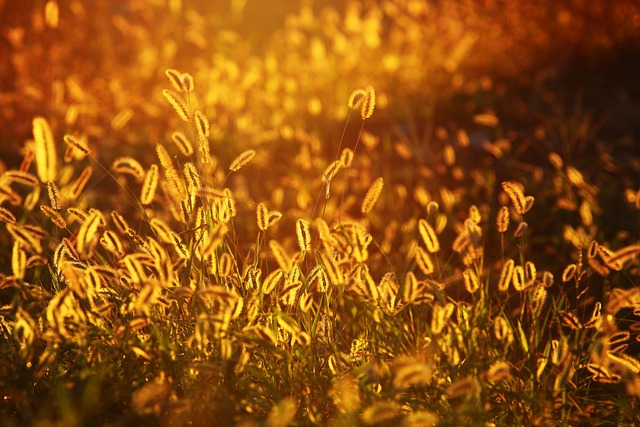When it comes to photography, mastering composition can elevate your work from ordinary snapshots to extraordinary visuals, especially when you harness the beauty of natural light. Natural light has a unique quality that can transform a mundane scene into something captivating and dramatic. The soft, diffused elegance of morning light or the warm, golden hues of sunset can create moods that enhance your composition in ways artificial lighting cannot replicate.
In photography, light is everything. It defines how colors are perceived, shapes textures, and creates depth. Using natural light means you’re not just a photographer; you become an artist who paints with light. When you step outside with your camera, consider how the sun interacts with your subject. Is it backlit, drenched in glow, or softly embraced in shadow? Each scenario presents unique composition opportunities that can add layers of interest to your photo.
One technique to effectively utilize natural light is to understand the direction of the light. Early mornings and late afternoons are ideal times for shooting, as the light is softer and warmer, providing a dreamy quality that enhances your images. Utilize your camera’s optics to capture these moments; experiment with apertures to manipulate depth of field, allowing you to focus on your subject while the background gently blurs away. A shallow depth can create intimacy, drawing your viewer into the narrative you wish to share.
Furthermore, think about how natural light interacts with different surfaces. Reflective surfaces can bounce light in intriguing ways, adding unexpected highlights and shadows. For instance, shooting near water can create beautiful reflections, while textures like stone or foliage can provide a contrast that brings depth to the composition. Pay attention to how these elements work with natural light, and you’ll discover endless possibilities for creativity.
Don’t forget to consider the weather as well. Overcast days can produce soft, diffused lighting that reduces harsh shadows, perfect for capturing detailed textures and vibrant colors. For many photographers, cloudy days are a hidden treasure, offering a unique atmosphere that can resonate deeply within a composition. Embrace these opportunities and challenge yourself to find beauty even in less-than-ideal conditions.
Finally, remember that patience is key when working with natural light. Waiting for the perfect moment—whether it’s the sun peeking from behind clouds or the light casting just the right shadow—can make all the difference in the world. This mindfulness will help you develop an intuitive understanding of composition, allowing you to create images that not only tell a story but also resonate emotionally with viewers.
As you hone your skills as a photographer, always seek to connect with your surroundings. Let natural light guide your creativity, allow it to inspire your compositions, and watch as your photography evolves into powerful art that captures fleeting moments in time.



